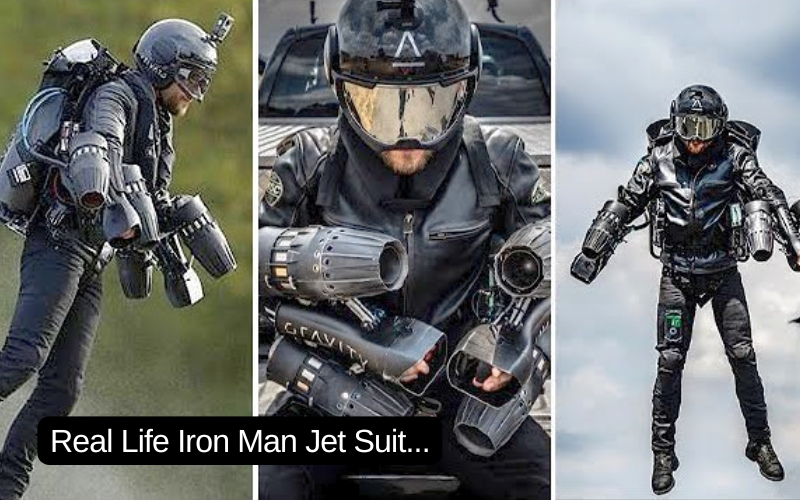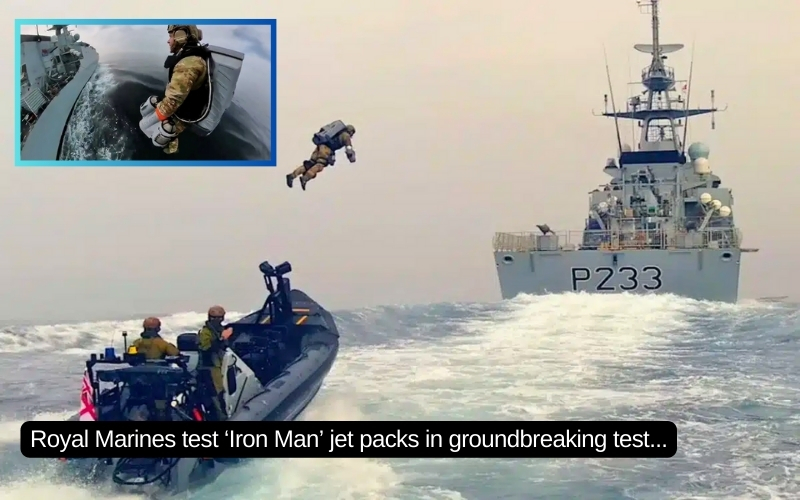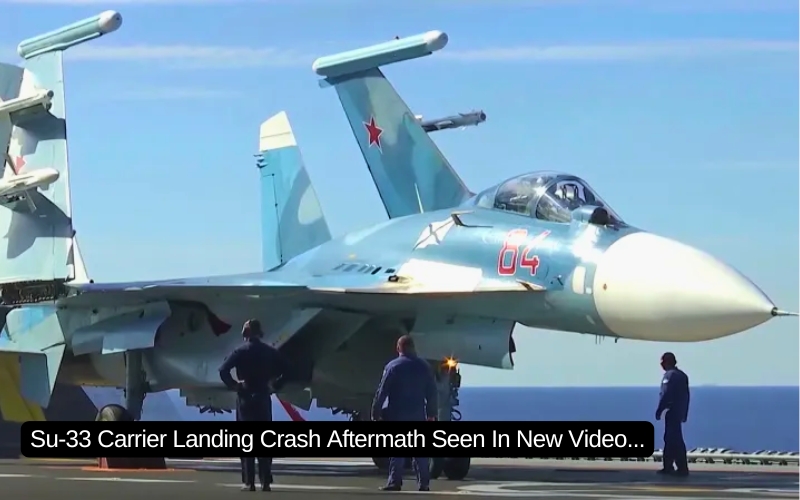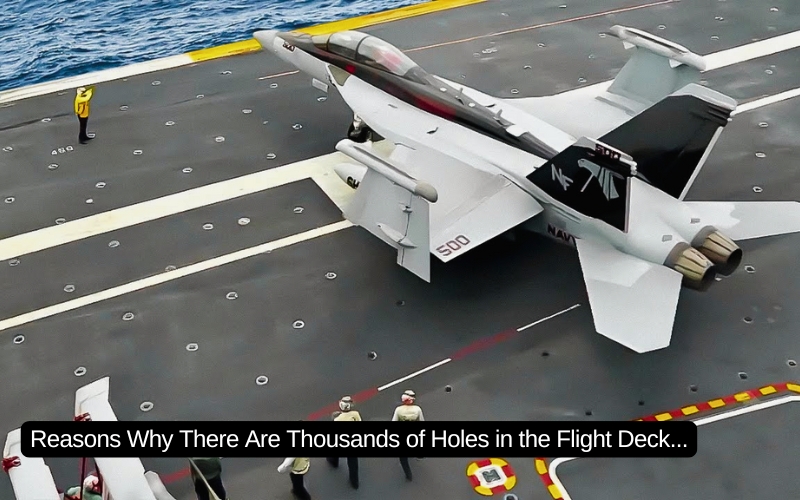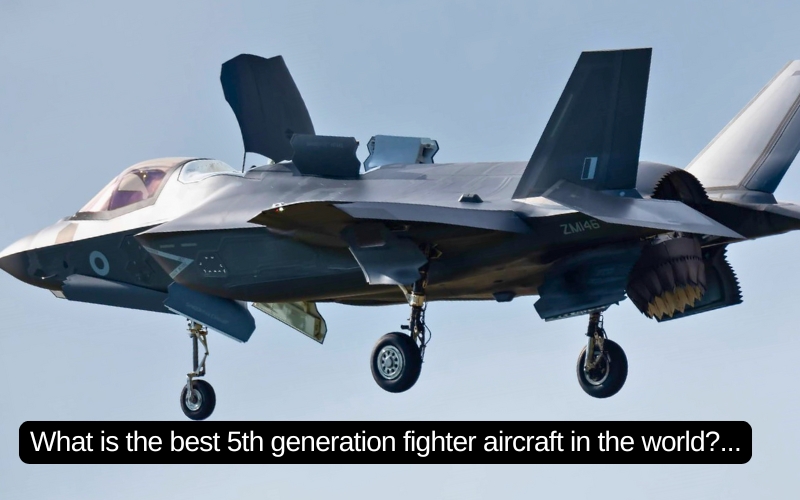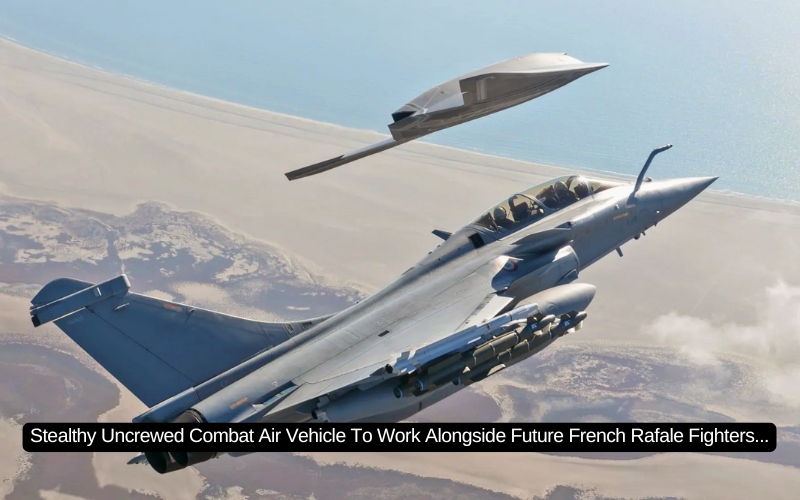2022 was a significant year for Defence with seismic changes in Defence policies in Germany and Japan for example, and global tensions in Asia and Eastern Europe prompting a race in equipment supply and investment. 2023 is set to be even bigger. Traditional Defence capabilities maintain the lion’s share of investment, with a spurt to restock those supplied to ongoing war efforts. However emerging technologies born from the new age of competition are growing in strength as global military expenditure soars. Defence Engage has highlighted five of the biggest trends for 2023, and examines which other high-growth areas will impact Defence this year.
#1 Space Technologies – projected value $14 billion, $32 billion for launch services

Space technologies are enjoying significant growth rates. For example, the small satellite market size was valued at $3.09 billion in 2022 and is projected to reach $13.97 billion by 2030, growing at a CAGR of 18.50% from 2023 to 2030 (according to Verified Market Research). Meanwhile, Fortune Business Insights predicts that the global space launch services market is projected to grow from $14.21 billion in 2022 to $31.90 billion by 2029, at a CAGR of 12.25% in forecast period.
Who is investing in Space Technology?
NATO – Space is one of NATO’s key priority areas, with the US & its industry (namely, SpaceX) very much leading the alliance, many of its members are part of European Space Agency initiatives also.
UK – The UK is moving closer to domestic space launches, with various commercial ports taking shape. The first satellite launch from UK soil will take place on the 9th January 2023 from a Virgin rocket at Spaceport Cornwall. This growing domestic capability will save the UK from having to ship satellites and components across the world and enable the creation of hundreds of domestic jobs in the space sector.
The United States – NASA recently demonstrated its capability to deflect incoming objects, proving itself a major player in planetary defence. With the completion of Artemis 1 (widely dubbed the first step in returning to the moon) and the return of the Orion capsule to Earth, 2022 was big for NASA and according to the agency, 2023 will be game-changing for space.
The European Space Agency – ESA is a major player in space, with a variety of initiatives taking place on behalf of its 20+ members. With an annual budget of €7.2 billion (2022), ESA will be looking to compete with other major players as the domain comes into new strategic focus.
China – China is a major space power with continued efforts to develop an ability to conduct manned missions on the moon and Mars. China has signalled the expansion of its spaceports and back in 2022 it opened its very first space station in low earth orbit. The maintenance and expansion of these initiatives going into 2023 is massive in terms of investment and the research capability they bring. China also possesses a huge satellite network which sees ongoing investment and renewal.
Russia – Russia has long been a major player in space, but as the Cold-War space race a distant memory Russia has been relegated by China’s mammoth investments in the final frontier. Still, Russia’s Soyuz capability has been a mainstay of the industry for decades, with the US moving away from Soyuz flights in the past years and leaning on its domestic space industry’s capabilities such as SpaceX. It is hard to know what is next for Russia’s space industry, especially after its recent Soyuz leak called into question the design of the heavily relied upon crafts.
#2 Directed Energy Weapons – projected value $17 billion

According to Fortune Business Insights the global directed energy weapons market is projected to grow from $9.24 billion in 2022 to $17.43 billion by 2029, at a CAGR of 9.48% in the forecast period. Different firing demonstrations have been conducted throughout the last decade, and the naval deployment of these innovative new defences arguably accelerated in 2022. The construction of more and more advanced ships in 2023 is expected to host these weapons.
Who is investing in Directed Energy Weapons?
The United States – The US DOD has included directed energy weapons as one of its “seed areas of emerging opportunity.” The US Navy has worked on implementing and testing directed energy weapons in destroying drones, missiles and projectiles. For almost 6 decades the US has invested in high energy laser weapons, with billions being spent. Whilst many of these programmes have failed to produce an effective weapon or defence system, recent advances have seen the US accelerate its capability alongside the advances of allies.
Germany and UK – In 2022 both Germany and the UK tested their independent directed energy weapons systems at sea and the outcomes of each appeared to be a roaring success. The tests were focused upon the high-speed destruction of incoming projectiles and aircraft – with drones taking the place of targets as seen in the image.
China, Russia, France, India, Turkey, Iran and Pakistan are all also said to have begun developing (or already developed) such technology, yet there is little known about the progress of these, especially amongst authoritarian states (some of which claim to already have DE weapons in service).
#3 Artificial Intelligence (AI) – projected value $13 billion

The AI market is expanding at pace, with widespread adoption of AI systems expected to increase significantly amongst global militaries. The advantages of AI are endless, whether they are applied to missile defence systems (able to detect and repel incoming weapons far faster than human operators), or in other forms, such as to provide real-time battlefield recommendations based upon ever larger quantities of data. In 2021, AI in Defence was valued at around $6.4 billion, with a predicted rise to $13.1 billion by 2028 (a COGR of 10.8%) according to The Insight Partners.
Who is investing in AI?
AI adoption is becoming a truly global trend, with multiple possible applications and a variety of mediums to implement it. Amongst the most prominent defence spenders, notable mentions include:
The United States – The US is betting big on trusted AI systems to enhance its capabilities and the 2023 Defence bill is set to support a major expansion in AI use and adoption across the domains.
NATO (and its members) – The alliance has designated AI technology an ‘emerging and disruptive technology,’ carrying both risks and opportunities for members. Adoption within ethical frameworks is advised by the alliance, in the face of huge investment by authoritarian states.
The United Kingdom – The UK has been cautiously investigating the ethical and strategic consequences of AI systems for some time. AI is number 2 on the MOD’s 25 Science and Technology Portfolio list.
France – In 2022, France continued to bet big on AI as it awarded the next phase of contracts for its Artmeis.AI programme. French investment in AI shows little sign of stopping as allies and strategic adversaries increase adoption rates.
China – China has invested huge amounts into AI programmes, driving NATO and allies to invest more. China’s access to advanced semiconductors is said to be driving this major initiative to develop an AI-enabled strategic edge.
Japan – In the face of China’s massive AI investments and increasing tension in the region, Japan has doubled down on Defence and AI is no exception.
Russia – In 2022 it was announced that Russia was to be setting up an AI sub-ministry within its defence department. Little is known about Russia’s current AI capabilities, but it could be suggested that it will be used to complement its existing trove of autonomous land and sea projects, as it continues to take part in the conflict with Ukraine.
#4 Hypersonics & Missile Technology – projected value $13 billion

Following some major developments in hypersonic technology in 2022, 2023 is expected to be big, whether in missile technology or as part of sixth generation fighter programmes. In 2021, the global revenue of the hypersonic technology market amounted to approximately $5.7 billion, and it is projected to grow to almost $13 billion in 2031 (according to Statista). Alongside this, missile defence technologies are becoming increasingly sought-after as an increasing number of countries develop more capable missile technologies.
Who is investing in Hypersonics and Missile Technology?
Russia – Following the invasion of Ukraine, Russia allegedly fired several hypersonic missiles into Ukrainian territory demonstrating an area of major investment for the Russian defence ministry. In January 2023 a Russian warship made the news by passing the UK whilst being armed with Russia’s at sea hypersonic capabilities.
China – China has a particularly vague position on hypersonic missiles, however it would not be much of a stretch to suggest that it leads the world in its hypersonic development. US efforts are said to be catching up to China, but this highlights the need to maintain a competitive edge in the current age of competition. China has also raised tensions by demonstrating its hypersonic capability near Taiwan with its hypersonic space tests.
NATO – Hypersonic technology is one of NATO’s 9 priority technology areas, likely because of the speed at which Russia and China have developed their hypersonic capabilities.
The United States – The US has several active options for hypersonic missile development, and has recently made waves by firing a hypersonic missile from a B-52 bomber. This is a major component of the US defence strategy alongside missile defence technology. 2023 will likely see further testing of the advanced and increasingly fast missiles.
Japan, UK and Italy – The Tempest GCAP programme is set to include an ability to hold hypersonic weapons. BAE is leading in this area.
Japan – Japan is investing billions of dollars in longer range missiles and missile defence systems, as a result of tensions with North Korea and China.
The United Kingdom – Hypersonics are number 17 on the UK’s 25 technologies included in the Science and Technology Portfolio, suggesting greater impetus will be placed on hypersonics alongside the Tempest programme.
#5 Additive Manufacturing – projected value $6 billion

The global aerospace and defence additive manufacturing industry (AM) is expected to be valued at $6 billion by 2027 (according to Research and Markets). Meanwhile, according to Cision PR Newswire the global additive manufacturing market as a whole is set to reach $83.56 billion by 2030 at a 21.2% CAGR”. Additive manufacturing is increasing the capabilities of front-line users by providing cheaper, faster and more sustainable solutions, whether in creating the next generation of combat aircraft (such as GCAP or FCAS), or replacement parts at sea.
Who is investing in Additive Manufacturing?
The United States – The US has pioneered many of the best and biggest innovations in additive manufacturing, and in 2022 commissioned the largest metal AM printer in the world. Its ambition is to develop the capability to repair or produce parts on the move, whether at sea or closer to a land-based front line.
Japan, UK & Italy – All three of these nations have invested significant amounts in additive manufacturing in recent times, the culmination of their efforts is yet to be realised. As members of the GCAP Tempest 6th Generation fighter programme, the three nations are investing heavily in AM parts. BAE Systems has declared its intention for 30% of Tempest parts to be created in their AM smart factories.
Germany – As the industrial capital of Europe, Germany and its industry are spending big on AM. Following the increase to Germany’s defence budget, prompted by the invasion of Ukraine, there is large scope for major additional procurements, and a need for nimbler, more agile supply chains (the hallmarks of AM).
France – After Germany, Italy and the UK, France is exploring AM applications and could potentially look to include the process in the European FCAS programme (sixth generation fighter programme) alongside other partners Germany and Spain.
Other emerging technology trends in 2023
Amongst NATO militaries and their allies exists a set of commonly recognised emerging technologies. In addition to the top 5 trends here are a great many more which will each mould the battlefields of the future in a variety of ways. This list is not exhaustive, but was compiled considering NATO, US, UK, Japan, European, Indian, Russian and Chinese reports/ media indicators as to what they view as the big trends to come in science and technology in 2023.




